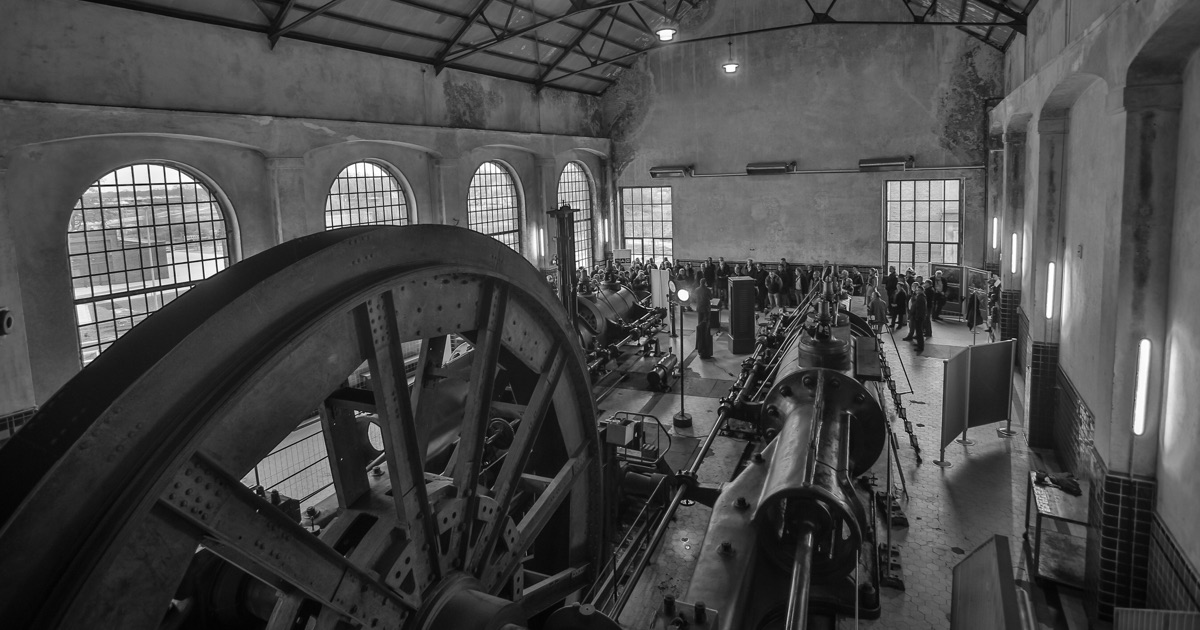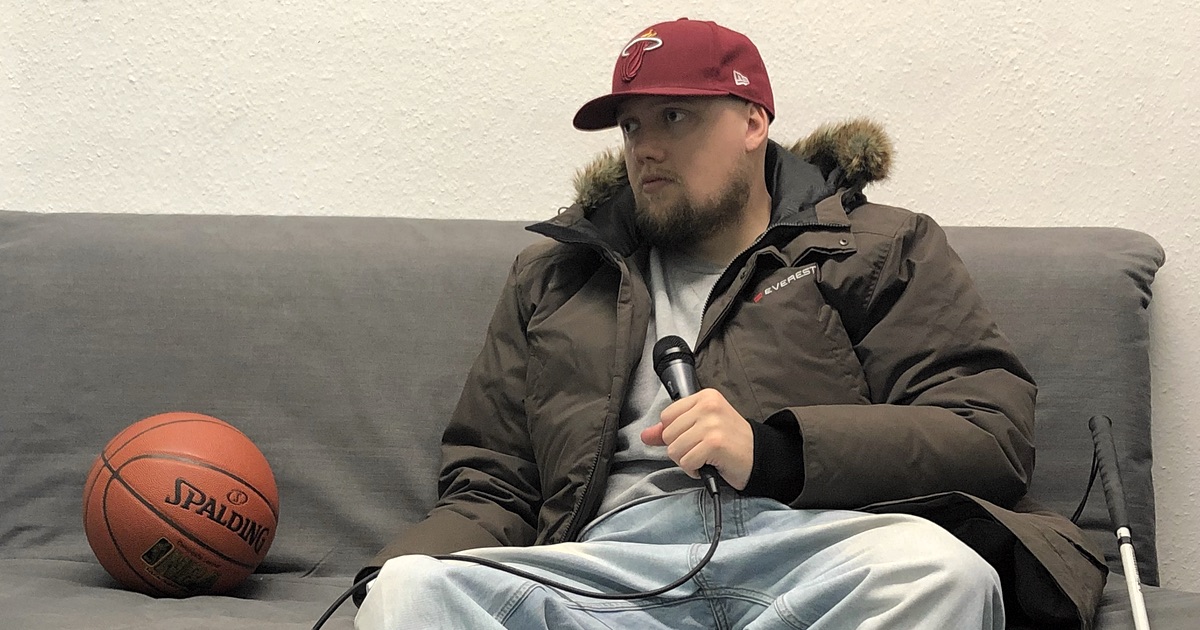The mining. This is how I record.
The recordings are conducted either in the studio in Dorsten, at any other location or via the internet. For you as my guest to be able to prepare for a recording, and for you to be aware of the entire process of conception, preparation, recording, production and publication, I put together this information.
Independent
My name is Michael Holtkamp, and I’m an economist. Currently, I exclusively work as a freelanceer. I started Graukaue as a side project in 2016, but I run it full-time now.
I’m completely free in creating my shows, and I’m committed to only my listeners and my guests. There exist no dependencies on third parties, because I have not a single sponsor, advertiser or investor. Hence, there are no possibilities of exerting influence from the outside.
I don’t conduct traditional interviews in which I only pose questions to my guests without offering anything in return. Instead, I prefer balanced, unforced and lively conversations that can truly be considered exchanges of ideas or discussions.
There’s no time limit, except for the speakers’ limited attention spans. A recording session can indeed take multiple hours. The content dictates the length of an episode.
I of course prepare for every recording, but I don’t come up with a script or storyboard. You’re most welcome to contribute your own content. Prior arrangements are certainly possible, but not at all necessary.
Professional
At face
In the face. At the studio
Graukaue is located in the northern Ruhr in Germany, on the premises of a former coal mine. Beside gastronomical establishments and supermarkets, there are the mining association’s information center, alternating events in the historical buildings as well as in the outside area, and much more.
In the center of the studio, there’s a large table that seats up to four individuals. Each seat is equipped with a high-quality microphone, which is mounted onto a flexible but stable microphone boom. Each seat is also equipped with a headphone and a volume control, a power outlet, a USB power outlet, a network connector and a USB 3.0 socket connected to the recording computer. In the middle of the table, there are two monitors, each of which is visible from two seats.
Beside the table, there’s a couch for an additional two individuals. Each of the two seats is equipped with a hand-held microphone.
There's a secure WiFi network for my guests, which you're free to use. I put the login details up in the studio.
Afield
Afield. Outside of the studio
When recording at any location other than the studio, I use up to four hand-held microphones. When needed, they’re each complemented by a windshield and/or a table microphone stand.
Interdistrict
Interdistrict. Via the internet
To establish VoIP/AoIP connections with high audio quality and low latency between me and spatially distant speakers, I use Studio-Link. If you use a PC, please download the standalone variant of Studio-Link. It doesn’t require an installation. You can just execute this compact piece of software. It opens in a browser, and it’s very easy to operate.
To create an optimal recording situation, you should pick a location with decent acoustics and use a proper microphone. If you don’t have such a microphone at your disposal, I can supply you with a Superlux HMC 660 X headset and a Behringer Xenyx 302 USB interface.
There are the following alternatives.
You can use Studio-Link on a mobile device. To do so, you need to install this softphone app.
We can also record using, for instance, Skype, Zoom or the phone.
Public
Immediately after publication, an episode shows up in the log as well as in the feed. These entries lead directly to the page of the episode with the webplayer and the show notes; see, e.g., episode GK028 at graukaue.ruhr/gk028 (see image).
More importantly, the episode is distributed by the podcast feeds, i.e., by the pit’s podcast feed and, if applicable, by the level’s podcast feed.
In the directories, e.g., Apple Podcasts, the new episode might only show up with several hours of delay, because my updated feeds first need to be read in.
I create a square episode image with a height and width of 2048 pixels as well as a post image with a width of 1200 pixels and a height of 630 pixels. I’ll gladly use material that you can provide, e.g., your logo for the episode image. Please make sure that it’s not protected by copyright.
I list every guest’s contact and donation options. To provide me with this information, you can use this form: Numbers, XLSX, PDF.
You can of course submit other information, graphics, URLs etc. for me to include in the show notes.
My podcasts are listed in the following directories, among other.
All of my episodes are licensed under Creative Commons Attribution 4.0 International. They are accessible for everyone, and they can be shared and copied in accordance with the conditions of the license.
Free
If I invite you to record an episode with me, then this is generally free of cost for you. After the publication, though, you are welcome to financially support me on a voluntary basis.
Upon request, I issue an invoice for an amount of your choice and stating the VAT.


